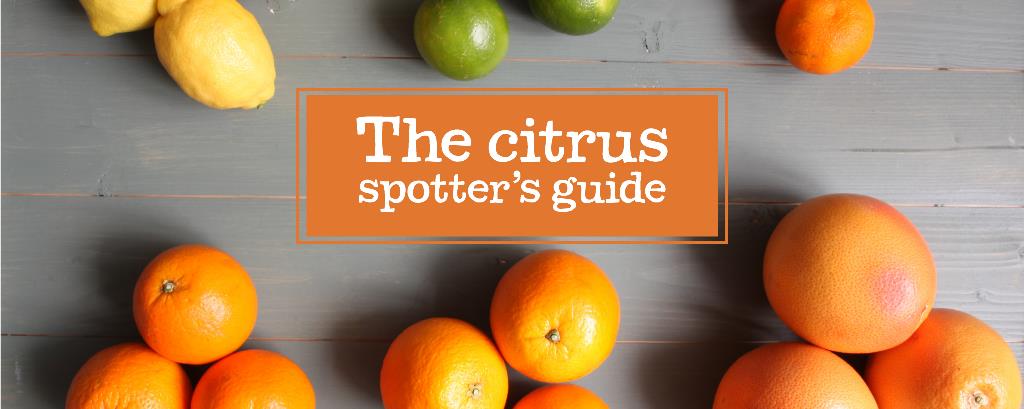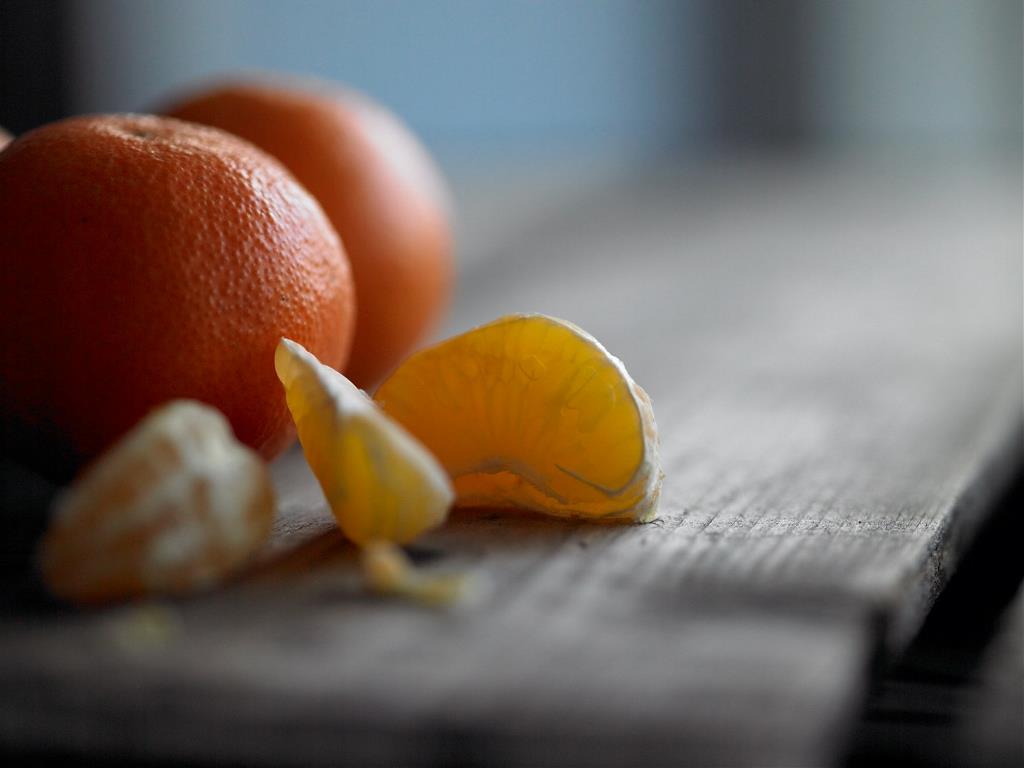Cue David Attenborough voiceover: Oranges can look pretty similar, and at times it's hard to spot if one's a lesser-spotted mandarin, or a rare yet beautiful blood orange. Our handy guide should help.
Citrus spotter’s guide

Blood Oranges
Colour: orange, sometimes with reddish pink streaks
Skin: usually pitted, but sometimes smooth and fairly thick skinned
Size: slightly smaller than a normal orange
Flesh: tangy and juicy, a deep red colour or orange with red streaks
Oranges
Colour: go on, guess…
Skin: thick with quite a lot of pith – our navel oranges have
what looks like a bellybutton on the outside.
Size: about the size of an orange
Flesh: sweet, juicy and seedless
Clementines
Colour: orange
Skin: smooth and glossy, easy to peel
Size: smaller than an orange
Flesh: juicy and sweet, seedless
Seville Oranges
Colour: err, orange
Skin: thick, dimpled
Size: the same as a navel orange
Flesh: very bitter, suitable only for
cooking (marmalade, please)
Mandarins
Colour: yellow to orange
Skin: thin shiny skin, easy to peel
Size: smaller than an orange
Flesh: can be a bit bitter, a strong
flavour, with pips
Grapefruit
Colour: light orangey yellow
Skin: fairly smooth
Size: the largest citrus fruit –
they’d beat an orange in a fight
Flesh: often quite tart, juicy



